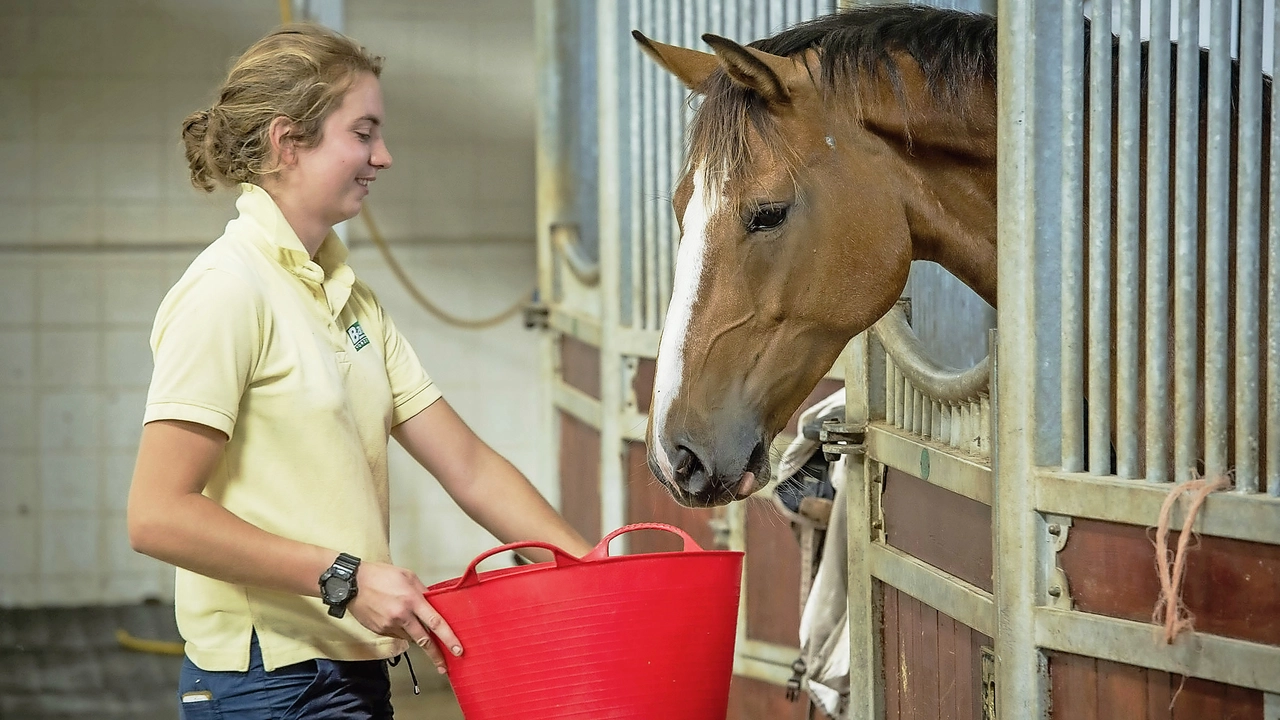Understanding the Real Costs of Riding and Horse Ownership
If you love horses, you’ve probably wondered how much it all adds up to. From a basic lesson to keeping a horse healthy, the price tags can surprise you. Below we break down the biggest expenses, show where you can save, and give quick tips to keep your budget in check.
Lesson Fees and Riding Gear
Most riders start with a lesson package. In the UK, a single hourly lesson usually runs between £25 and £45, while block bookings of ten sessions can shave 10‑15% off the total. Add a few extra pounds for a proper helmet – you’ll find decent options for £30‑£60. A good pair of riding boots costs around £80‑£150, but you don’t need designer shoes to stay safe.
Don’t forget the saddle. A basic English saddle starts at £200, but you can often find gently used ones for half that price. If you ride casually, a cheap novice saddle around £100 will do fine, just make sure it fits both you and the horse.
Horse Ownership – The Ongoing Bills
\n
Owning a horse is a bigger financial commitment than most people expect. The biggest monthly line items are boarding, feed, and routine veterinary care. Boarding at a reputable yard ranges from £250 to £600 a month, depending on the facilities. If you have space at home, you can cut this cost, but you’ll need to budget for a proper stable, fencing, and waste management.
Feed is another steady expense. High‑quality hay and concentrate feed typically cost £150‑£250 each month. Unexpected vet visits add up fast – a routine check‑up is about £80, while emergency care can jump into the hundreds or even thousands.
Don’t forget insurance. Liability coverage for riding lessons and a policy for the horse itself usually run £200‑£500 a year. It feels like an extra cost, but it protects you from huge bills if something goes wrong.
How to Keep Costs Manageable
Look for group lesson discounts – many schools offer lower rates for couples or families. Sharing a horse with a friend can halve boarding fees, as long as both riders are compatible. Buying used gear from local clubs or online marketplaces can save you 30‑50% compared to new items.
Plan your veterinary schedule. Regular deworming, dental work, and vaccinations prevent costly emergencies later. Keep a simple spreadsheet of all monthly expenses; seeing the numbers helps you spot where you’re overspending.
Finally, set aside a small “horse fund” each month for unexpected costs. Even £20 a week builds a safety net that softens any surprise vet bill.
Understanding where the money goes makes it easier to enjoy riding without financial stress. With a realistic budget and a few smart choices, you can keep doing what you love while staying financially sound.

Alright folks, saddle up because we're about to gallop into the exciting world of horse ownership. First off, owning a horse isn't just like having a big, hay-eating dog, it's a full-blown commitment. It's like having a large, majestic, four-legged, hay-munching teenager that requires constant care, attention, and yes, money. You'll need to consider everything from food, shelter, and healthcare, to the emotional needs of your equine buddy. So, if you're ready to dive-hoof-first into this adventure, just remember, it's not a one-gallop show, it's a marathon!
Read more
